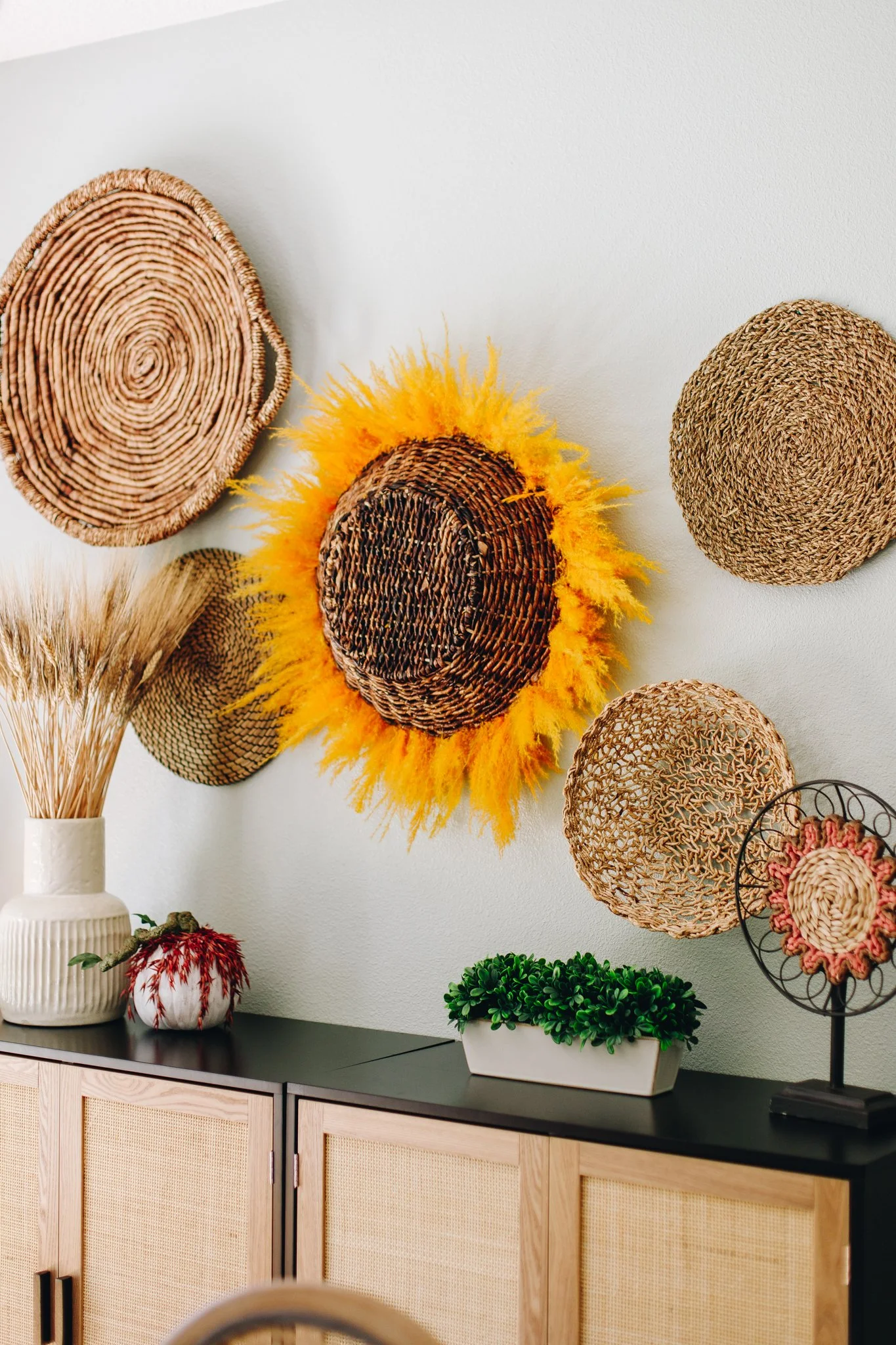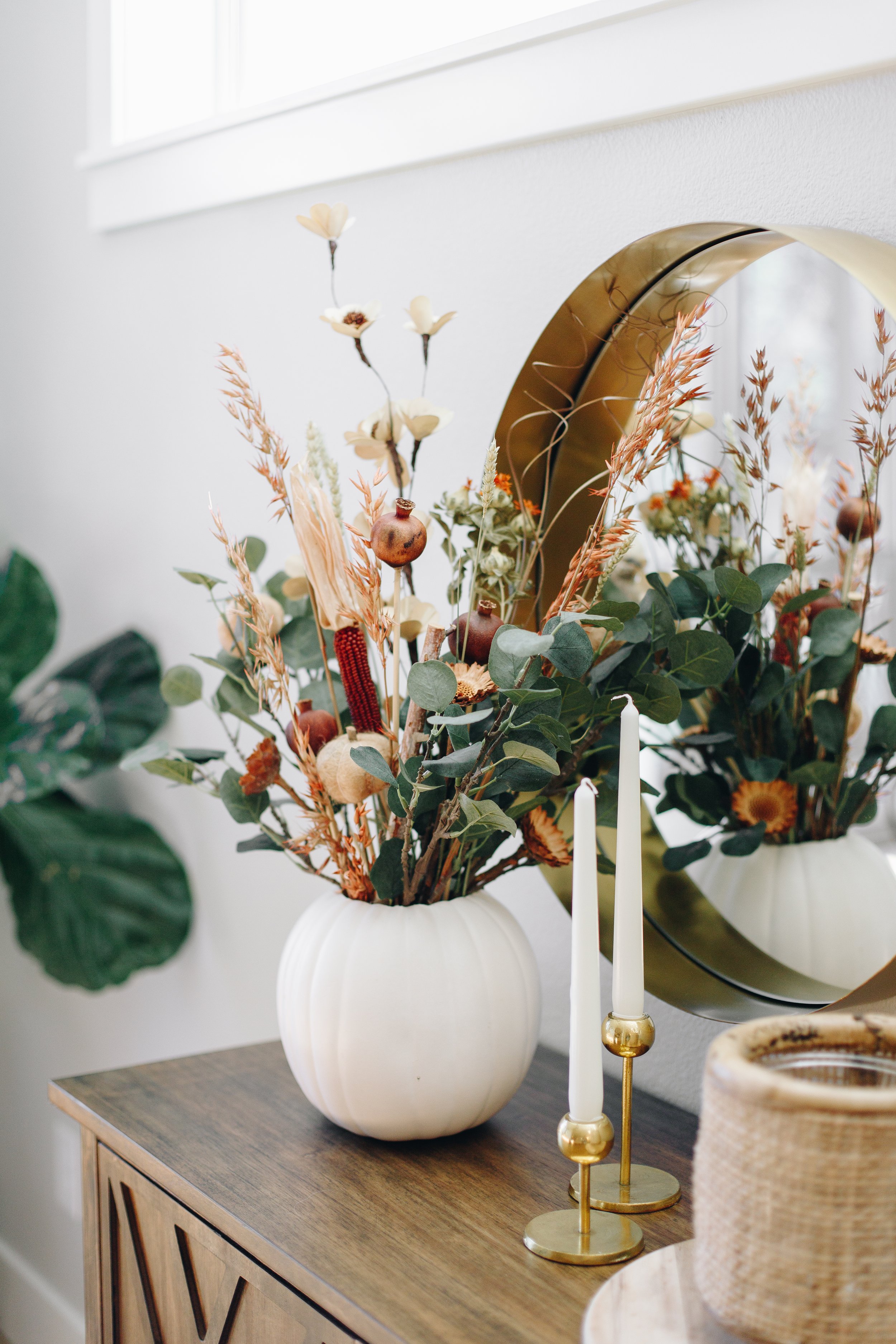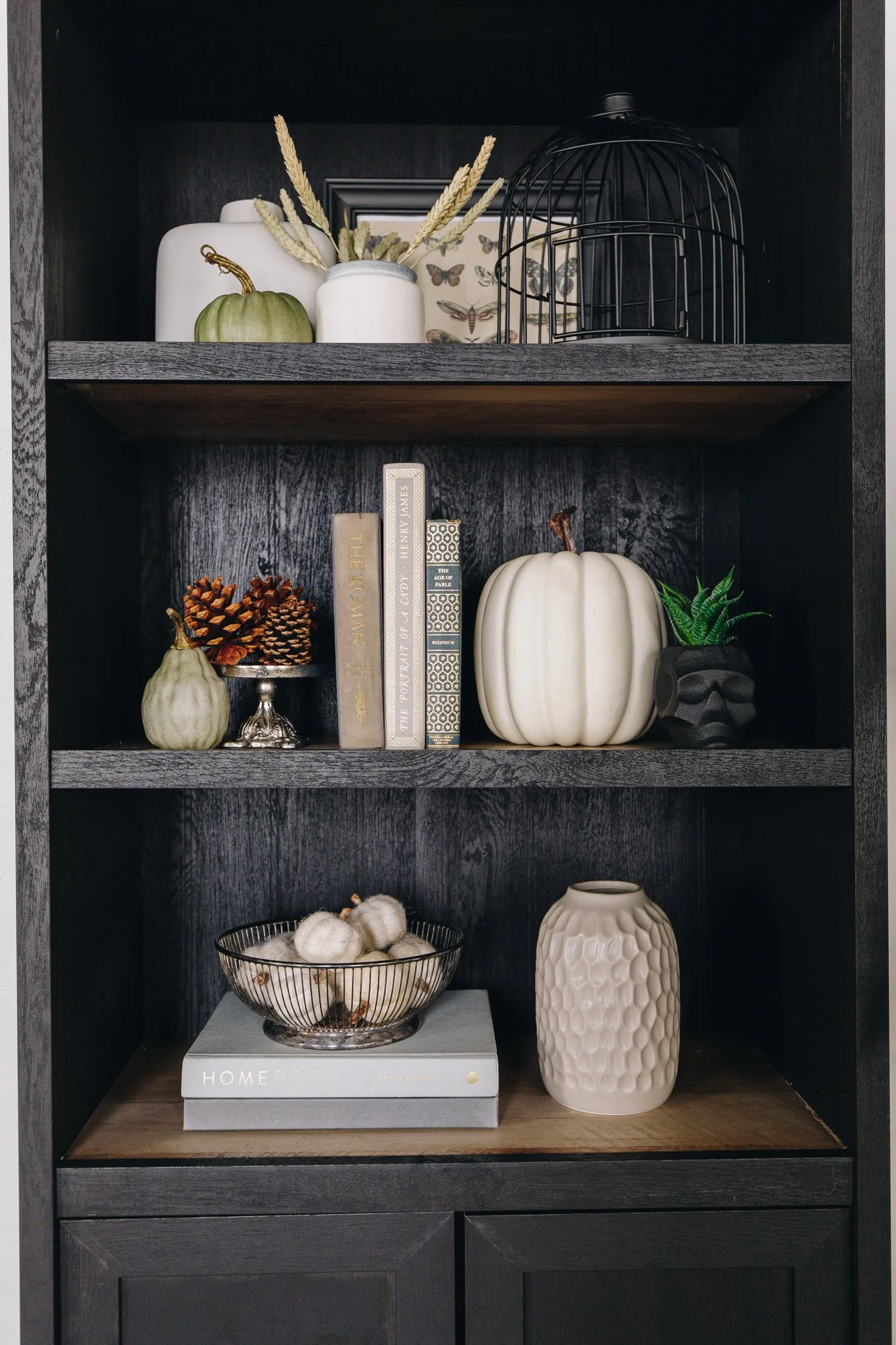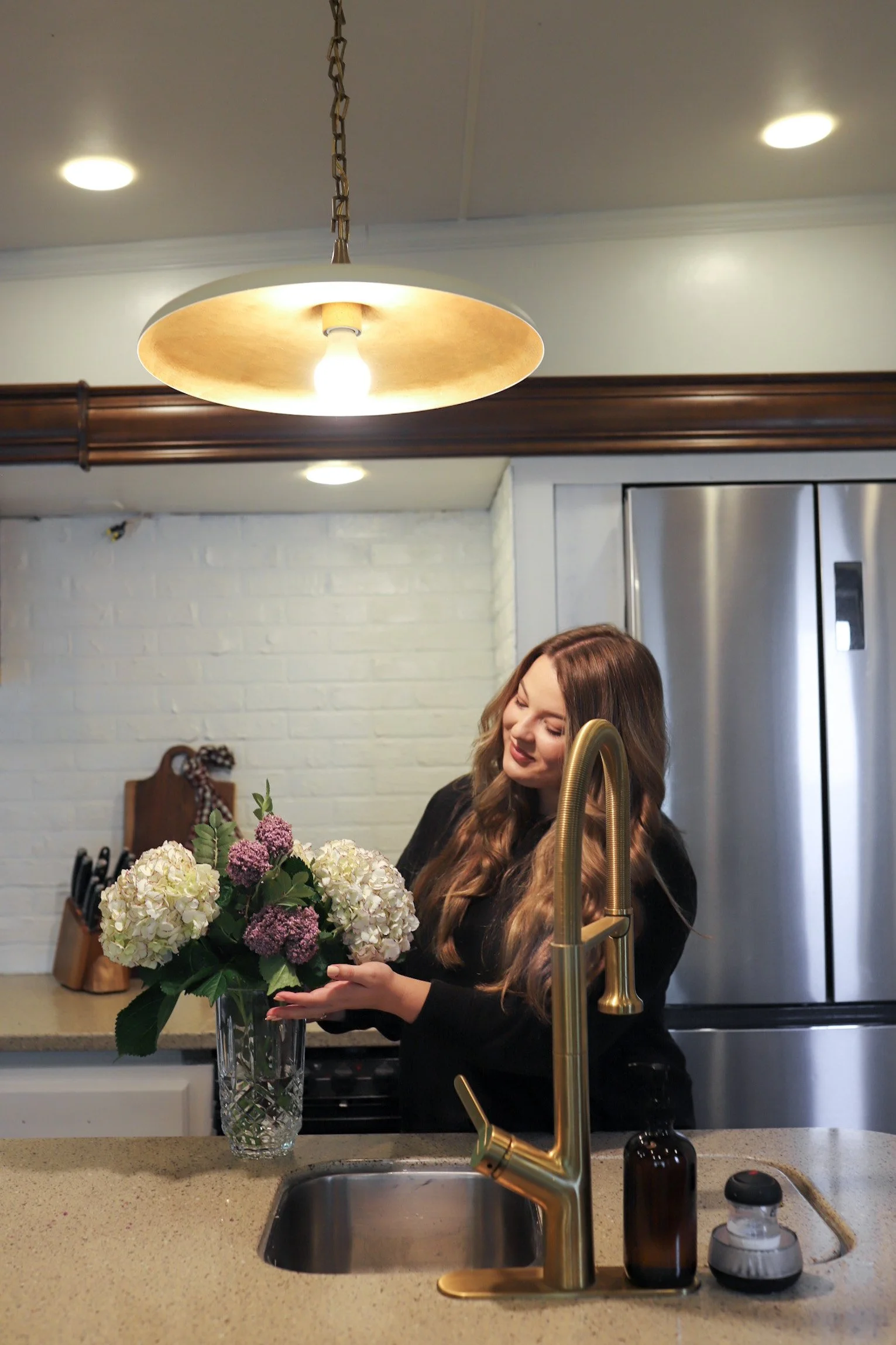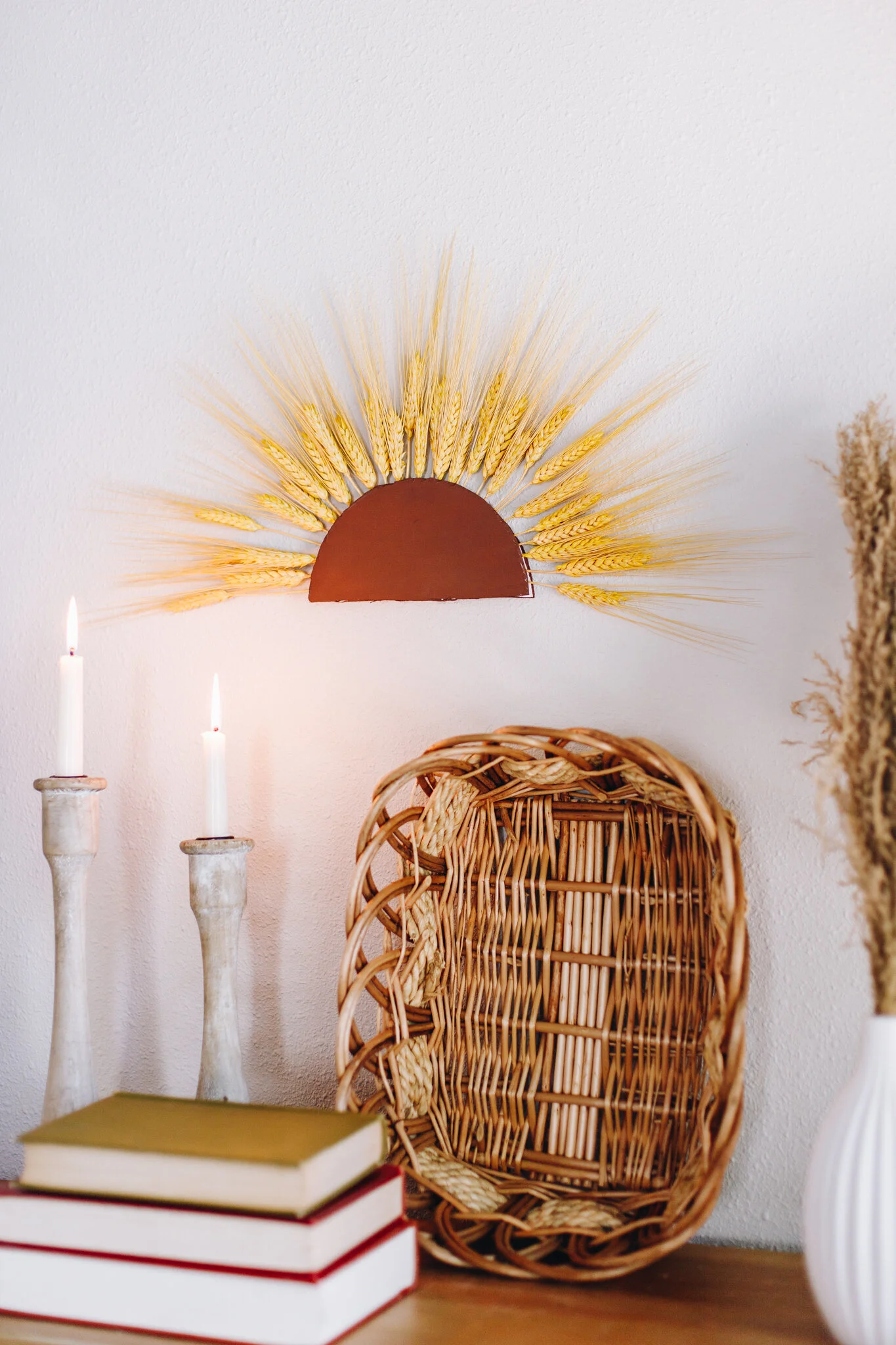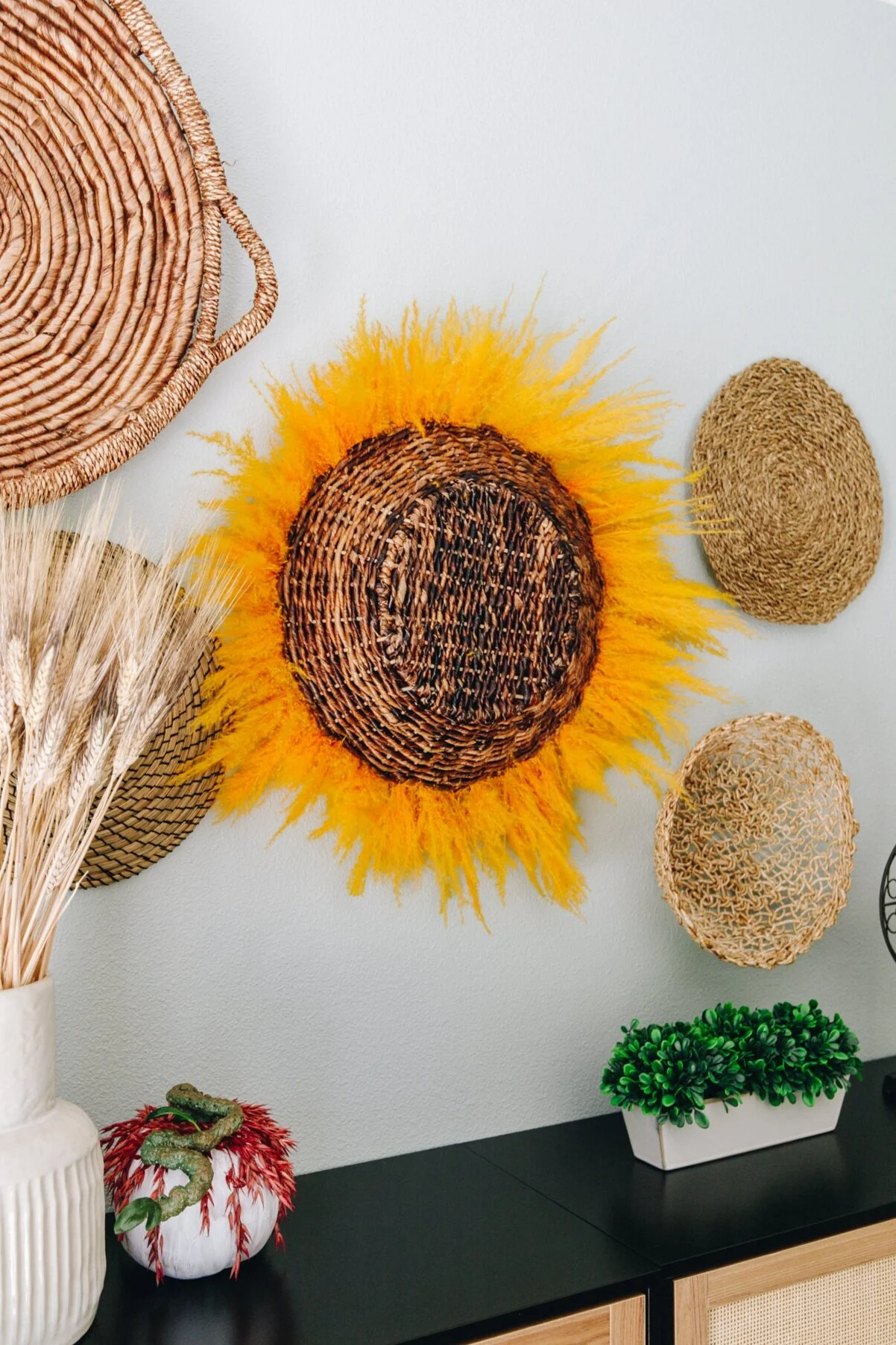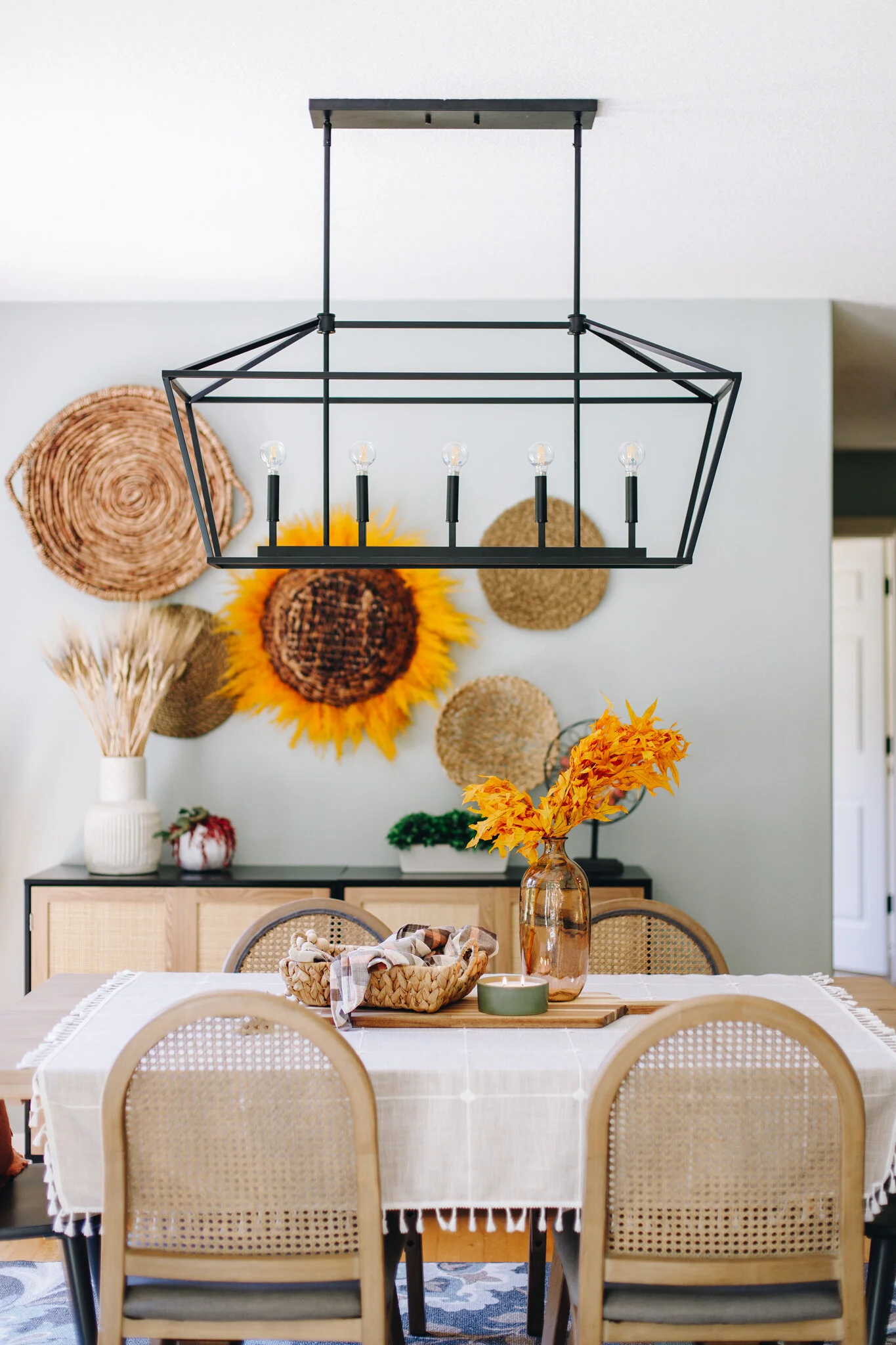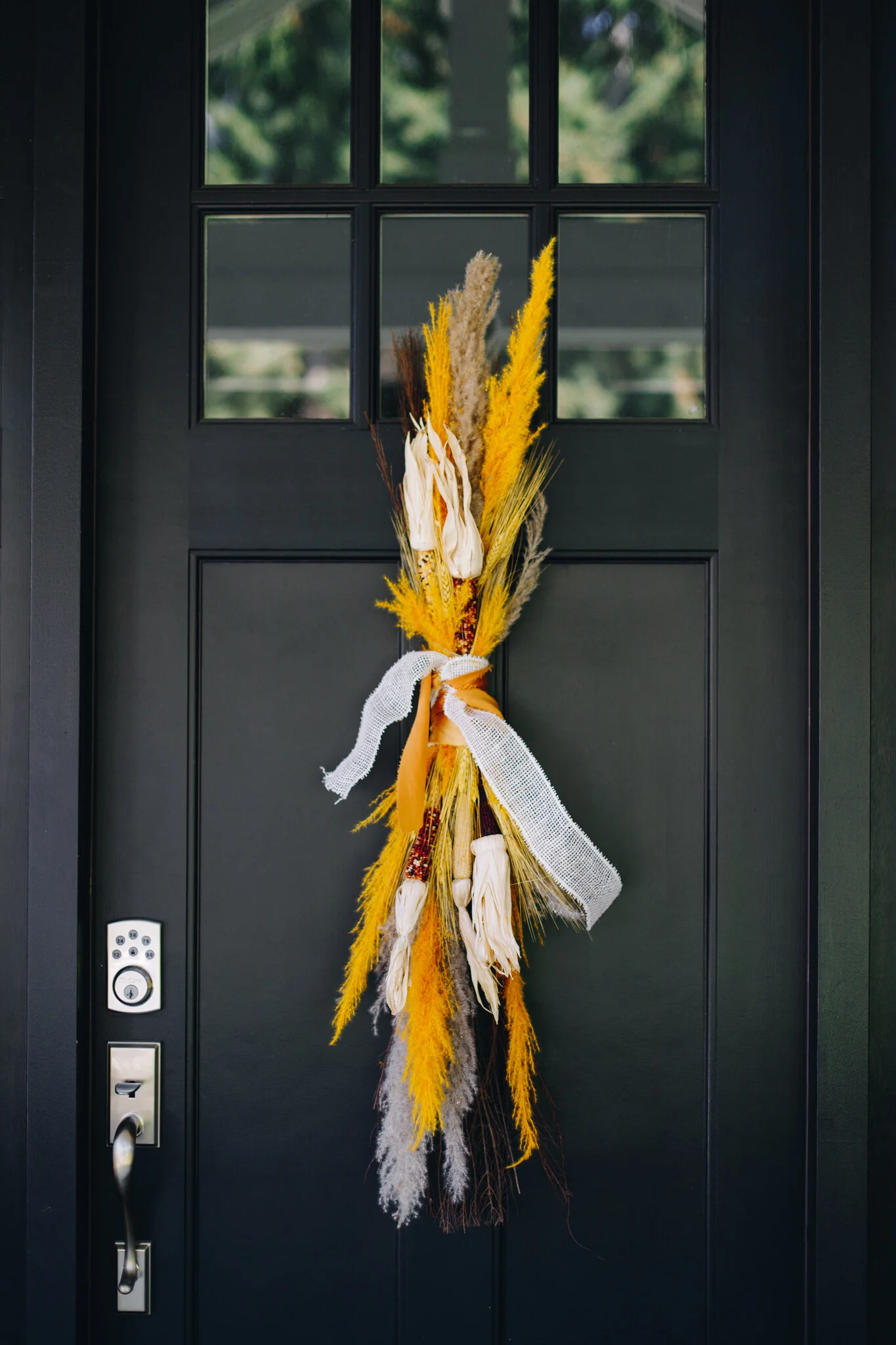Fall Edition: 3 Easy Steps on How to Design a Balanced Shelf
Are you someone who enjoys having a perfectly styled bookshelf? Then you know that achieving balance is not as easy as it seems. One misplaced book and the whole look is ruined! But don't worry; we have developed a simple solution to help you create a well-balanced shelf in minutes. All you need are three easy steps and a touch of creativity! So whether your shelves look a little bare or you're just looking to switch things up, follow these simple tips and watch your collection take center stage.
Place Your Base in a Zigzag Pattern
Okay, so you've got your large base items and are ready to start designing a balanced shelf. But where do you start? An excellent place to start is by using the zigzag pattern. This pattern is visually exciting and will help to create a sense of movement on your shelf. To create a zigzag pattern, start by placing a prominent item in the top corner. Then, alternate sides between shelves, ensuring that each item is opposite from the next. As you fill it up, the zigzag pattern will begin to emerge. And voila! You've successfully designed a balanced shelf using the zigzag pattern.
2. Arrange Your Accessories in Pairs of Three
Arranging your accessories comes next! And when designing a shelf, there's one golden rule: odd numbers are your friend. That's why the best way to achieve a balanced look is to arrange your accessories in pairs of three, following the rule of thirds. Not only does this create a pleasing visual effect, but it also allows you to play with different sizes and shapes to create interest.
One of our favorite ways to use this technique is to display vases in pairs of three. We love mixing and matching different vessel styles and sizes, and grouping them in threes creates a unified look. Another great way to use threes is to cluster together frames, candles, or other small objects. Again, this is a great way to add visual interest to a shelf without overcrowding. And finally, don't be afraid to get creative with your pairings. Three is the perfect number for experimenting with different color schemes, textures, and materials. So go ahead and have fun mixing and matching until you find the ideal combination for your space!
3. Fill in with Natural & Organic Elements
After you've styled your shelves with all of the perfect trinkets, it's time to add in natural and organic home decor elements like dried naturals and plants. This is the last step in designing a balanced shelf. Dried naturals add movement and soften hard lines while providing earthy tones and texture. Look for dried wheat, leaves, pinecones, or even pumpkins. For extra interest, try mixing in some different colors or sizes. Plants are another great way to add life to your shelves. Choose small potted plants or succulents. Cluster them together for a fuller look or spread them out for a more linear arrangement. Don't forget to consider the scale of your plants compared to the other objects on your shelves. You want everything to feel balanced and in proportion.
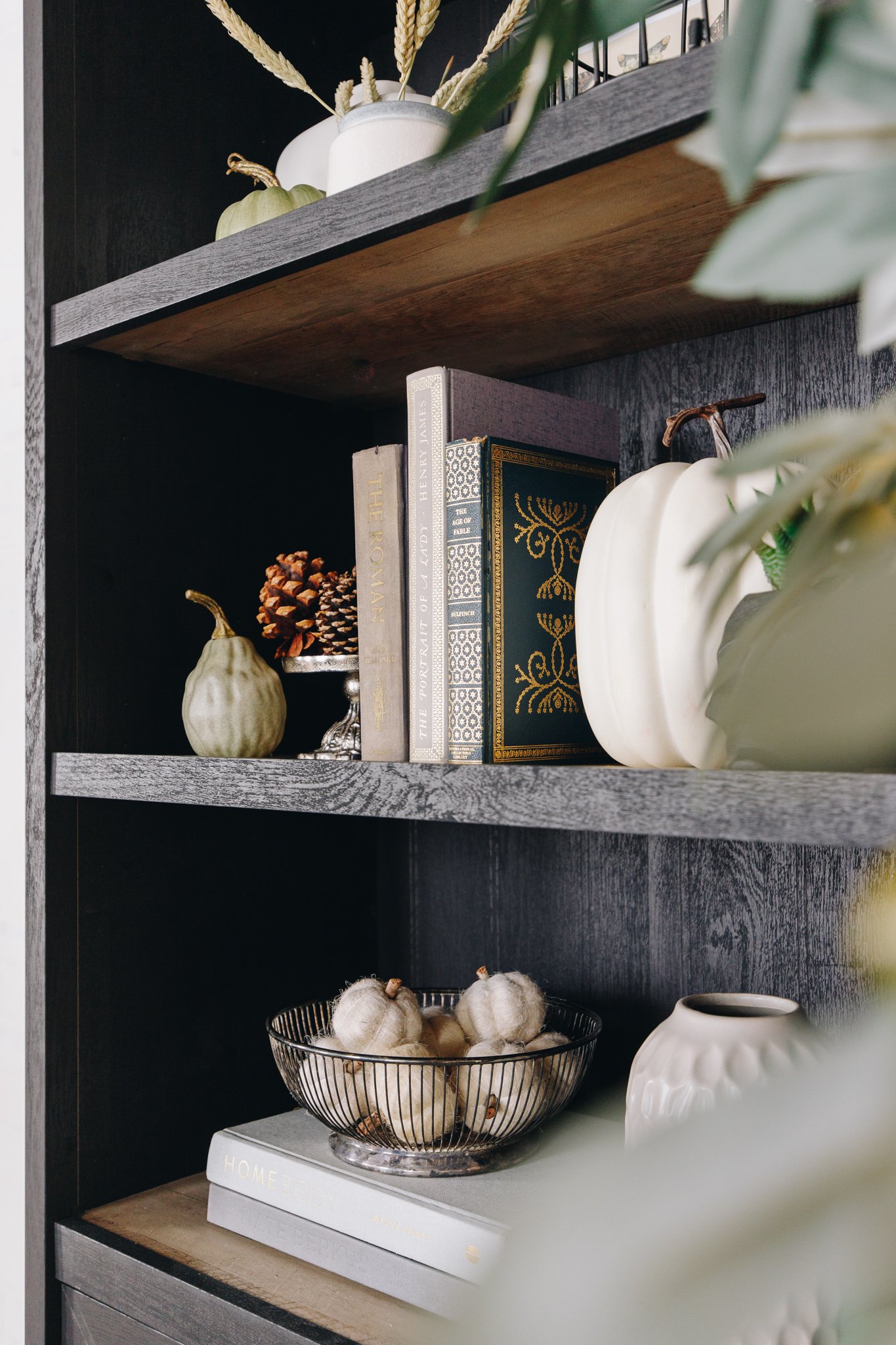
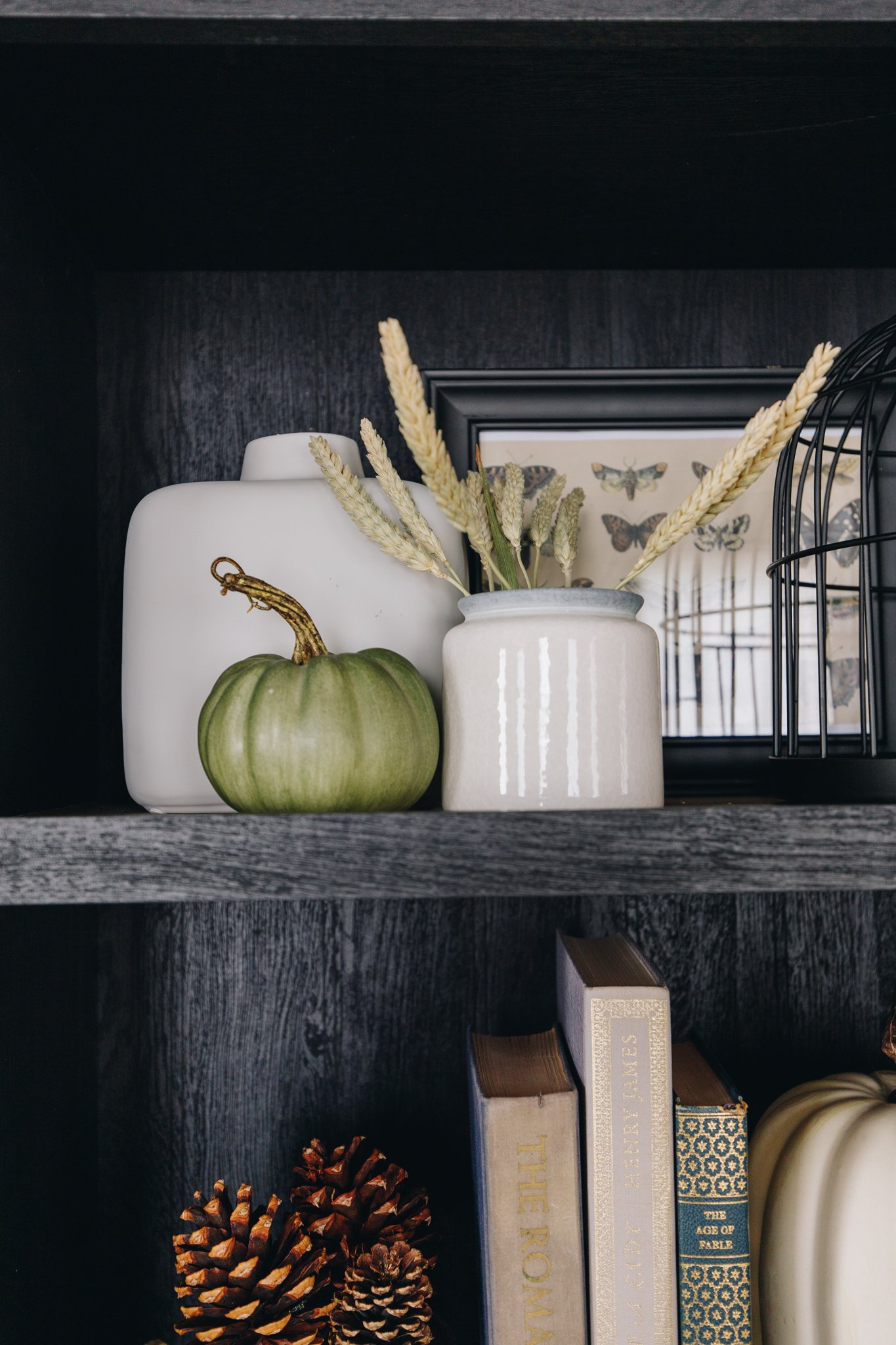
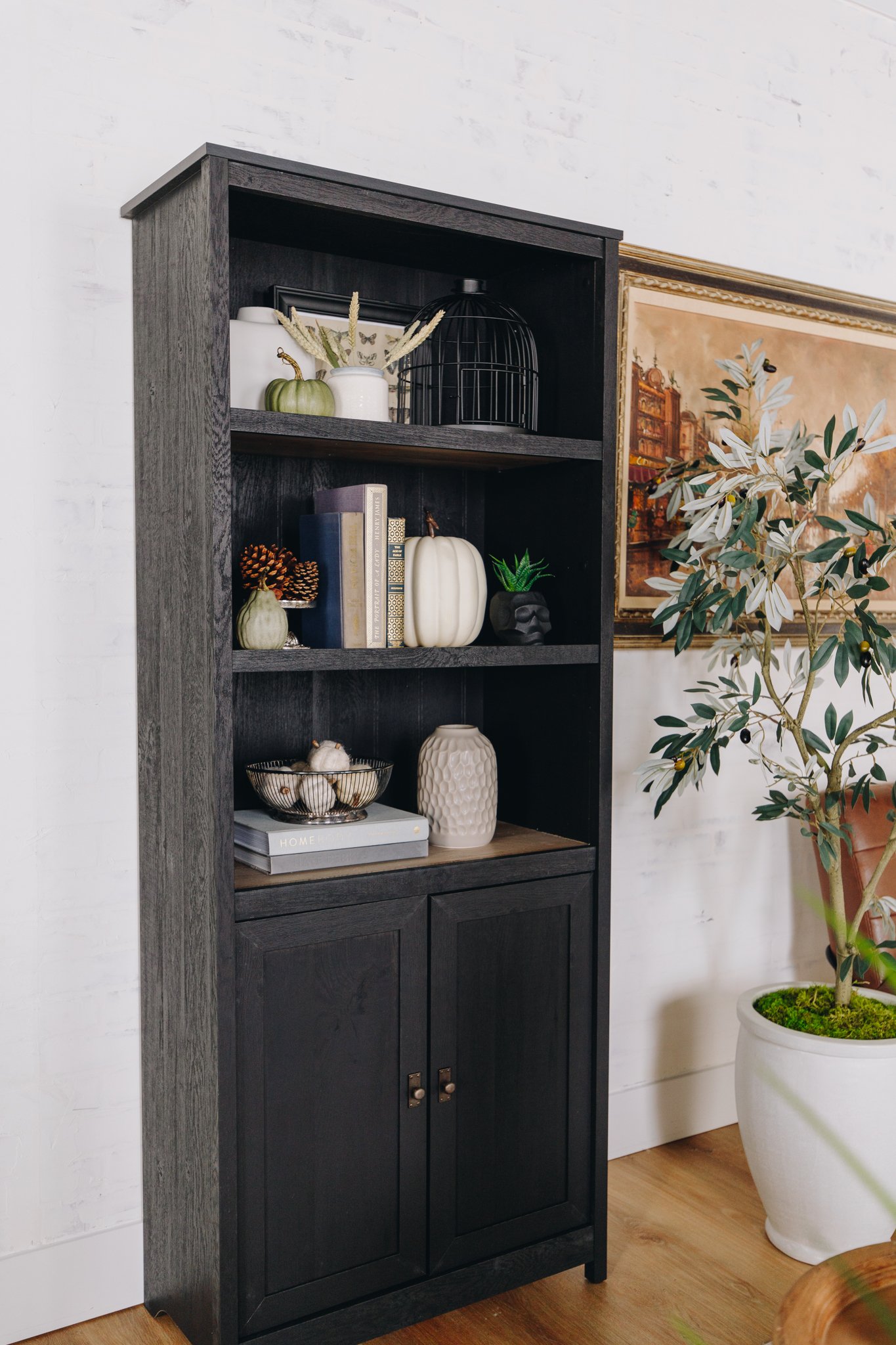
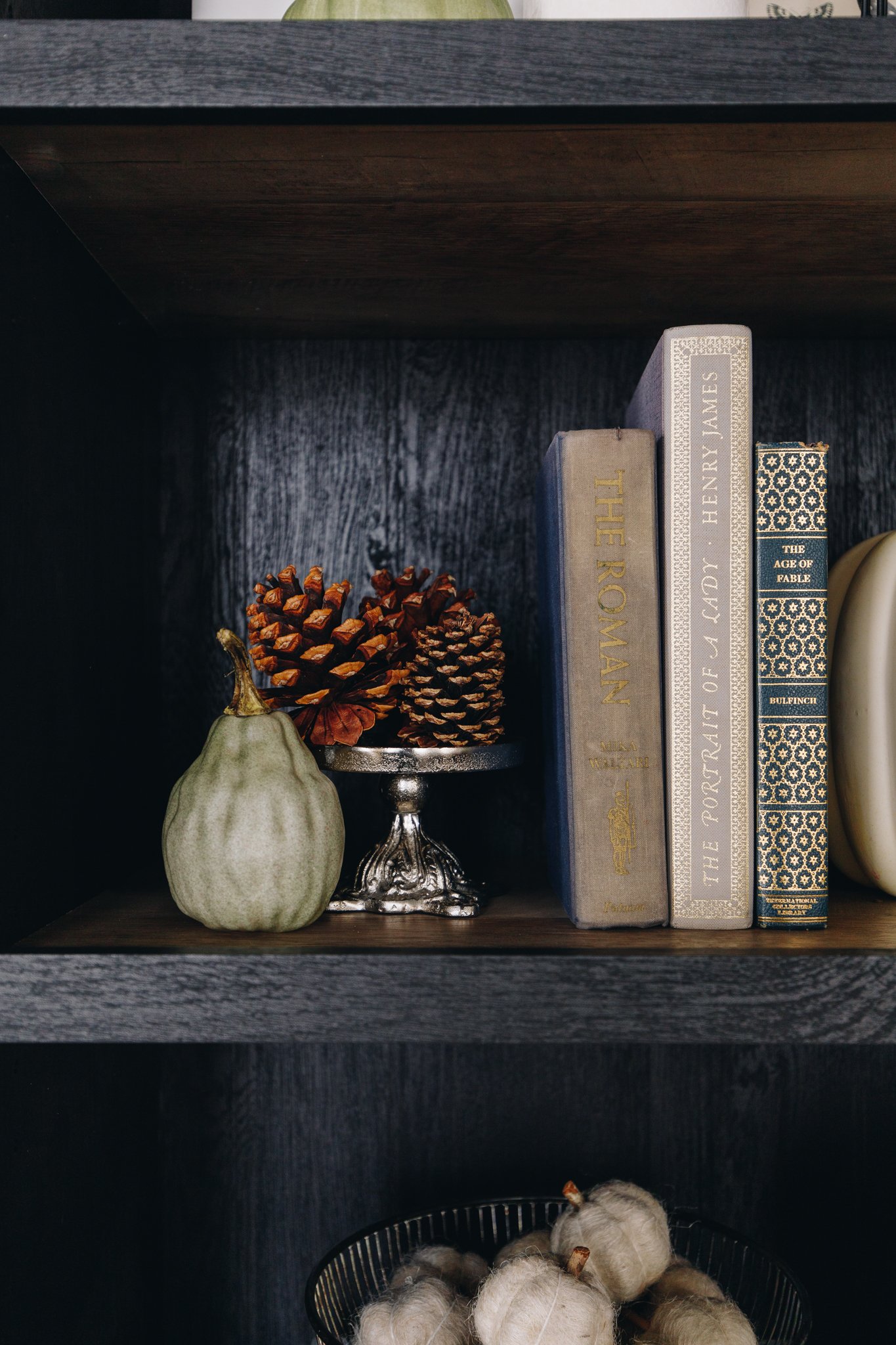
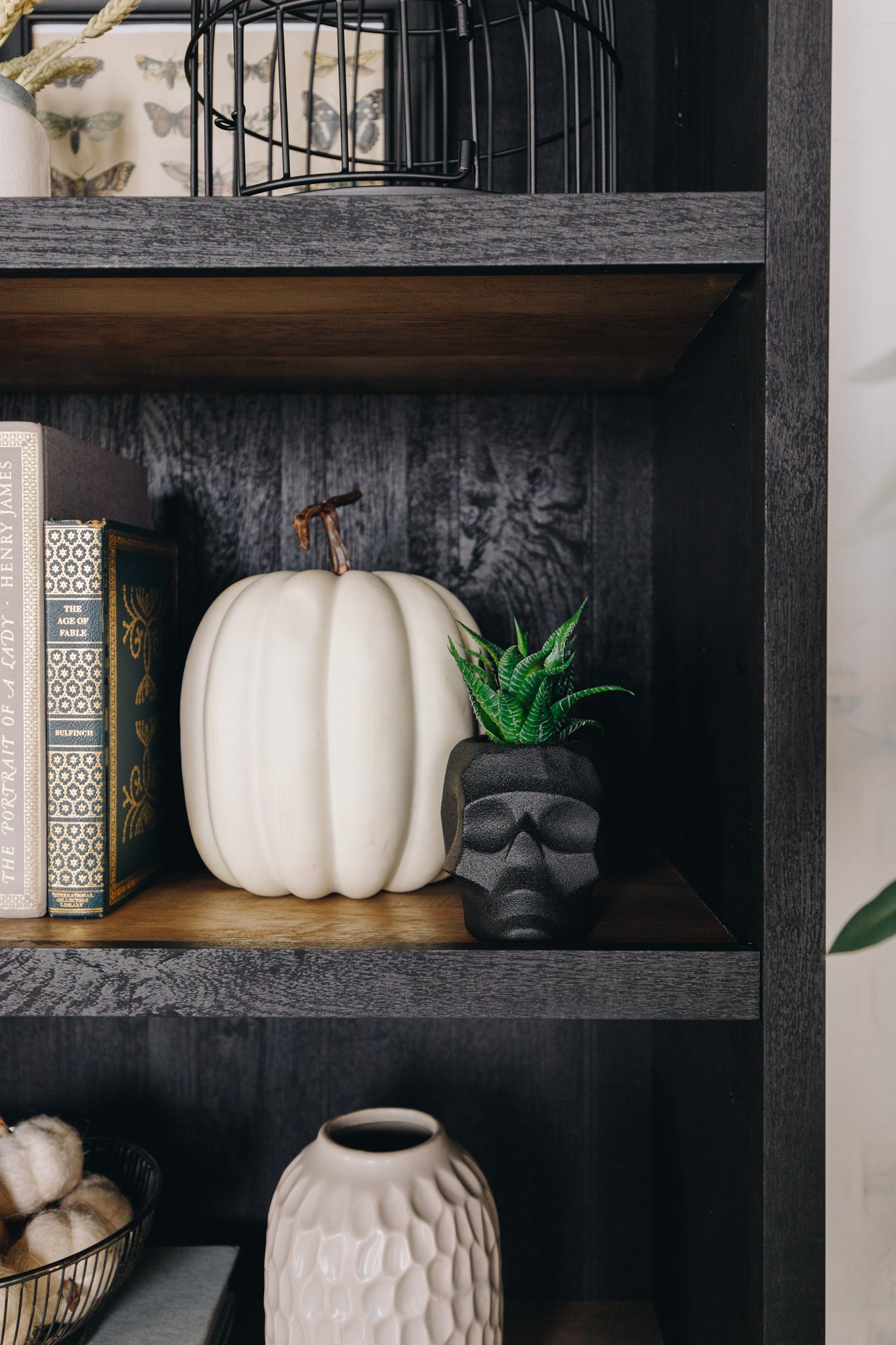
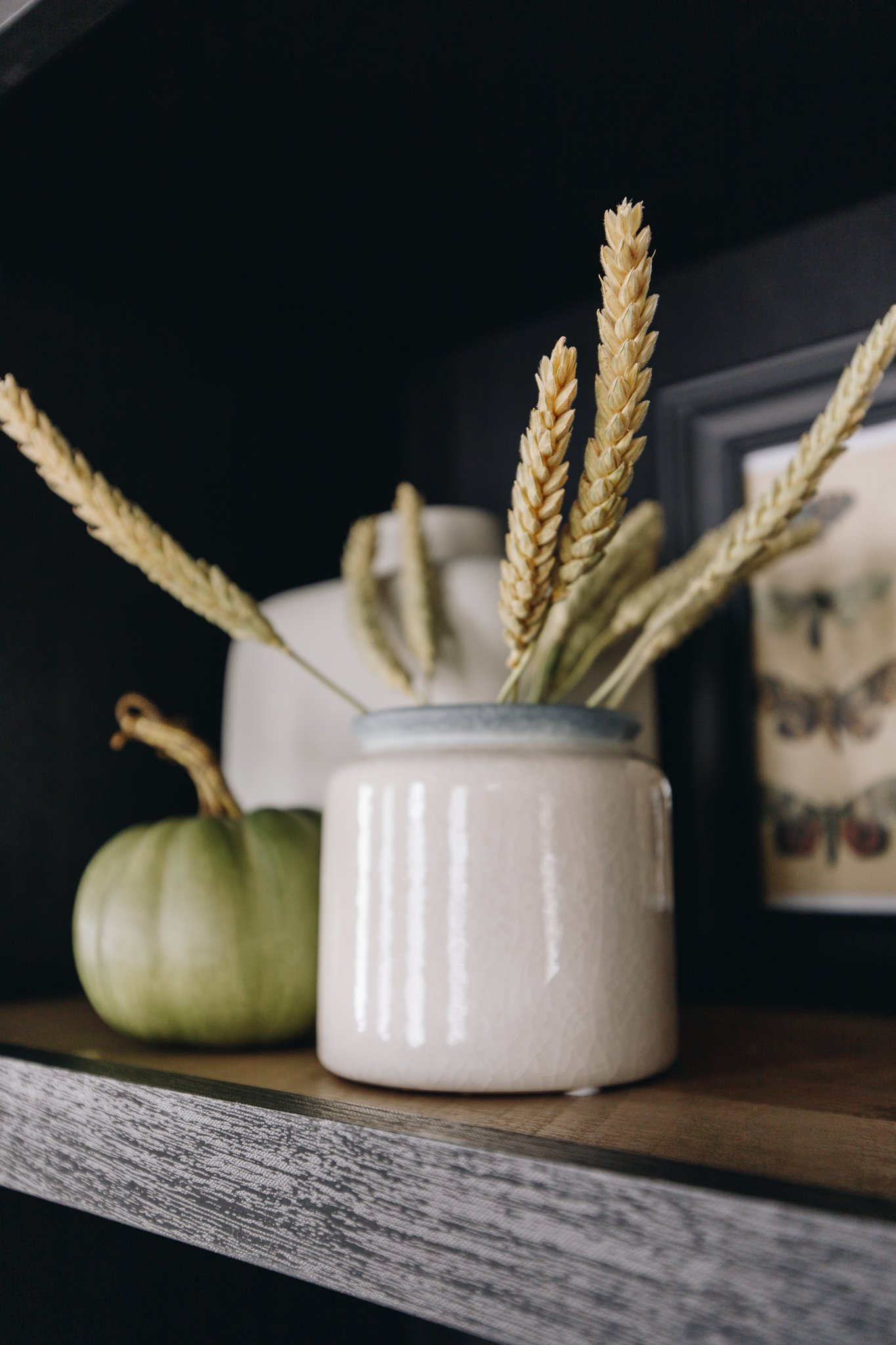

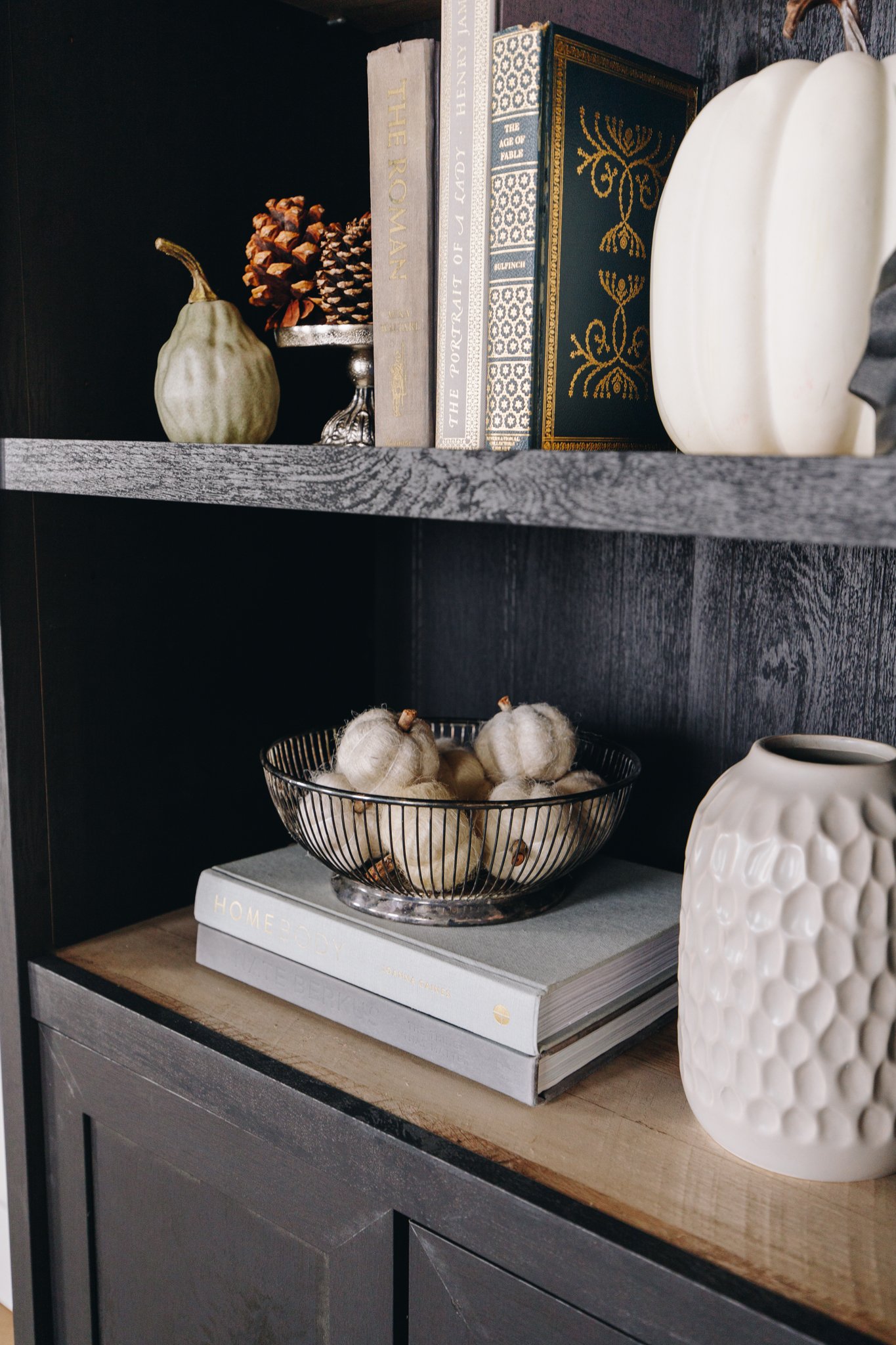
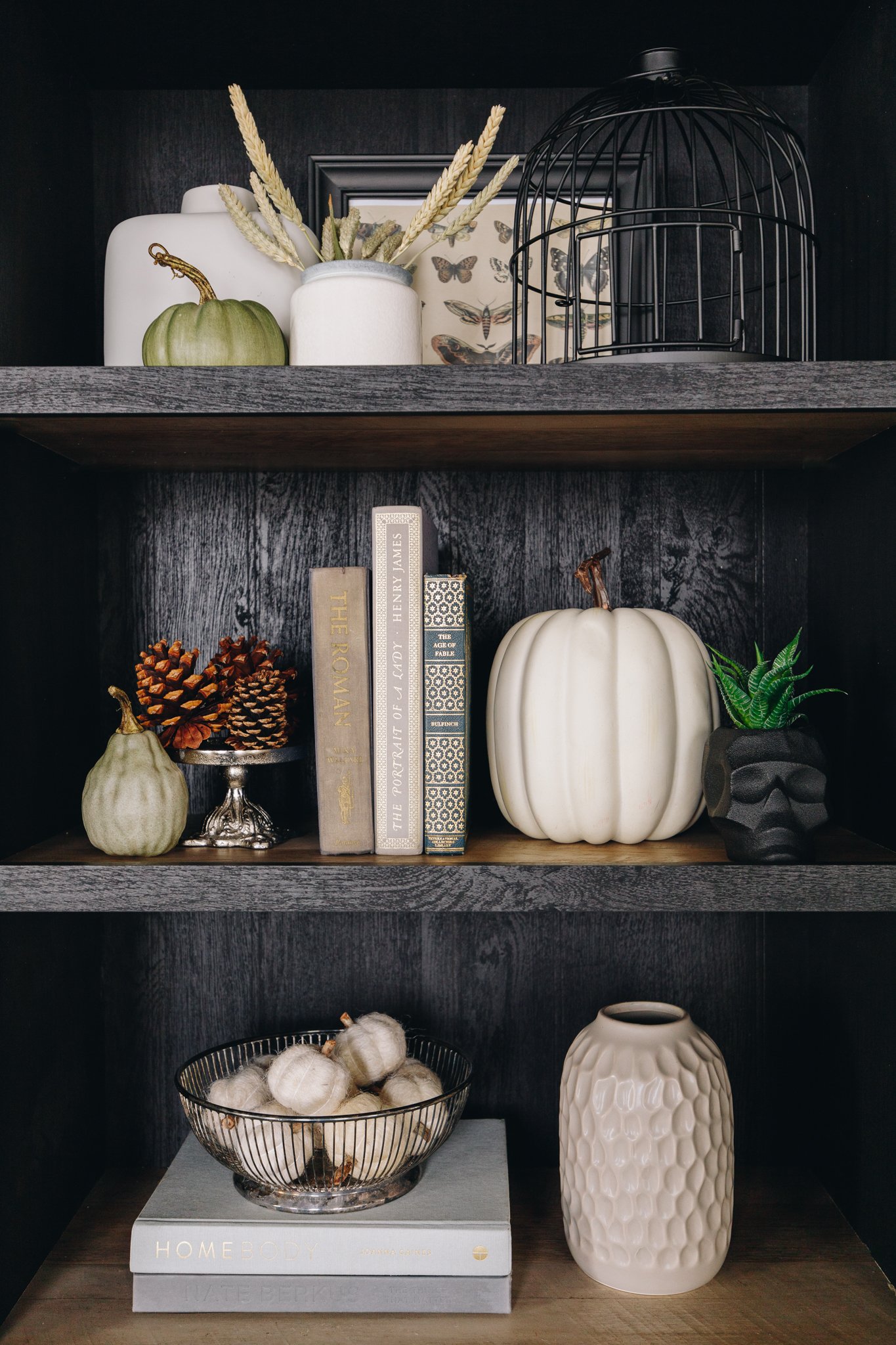
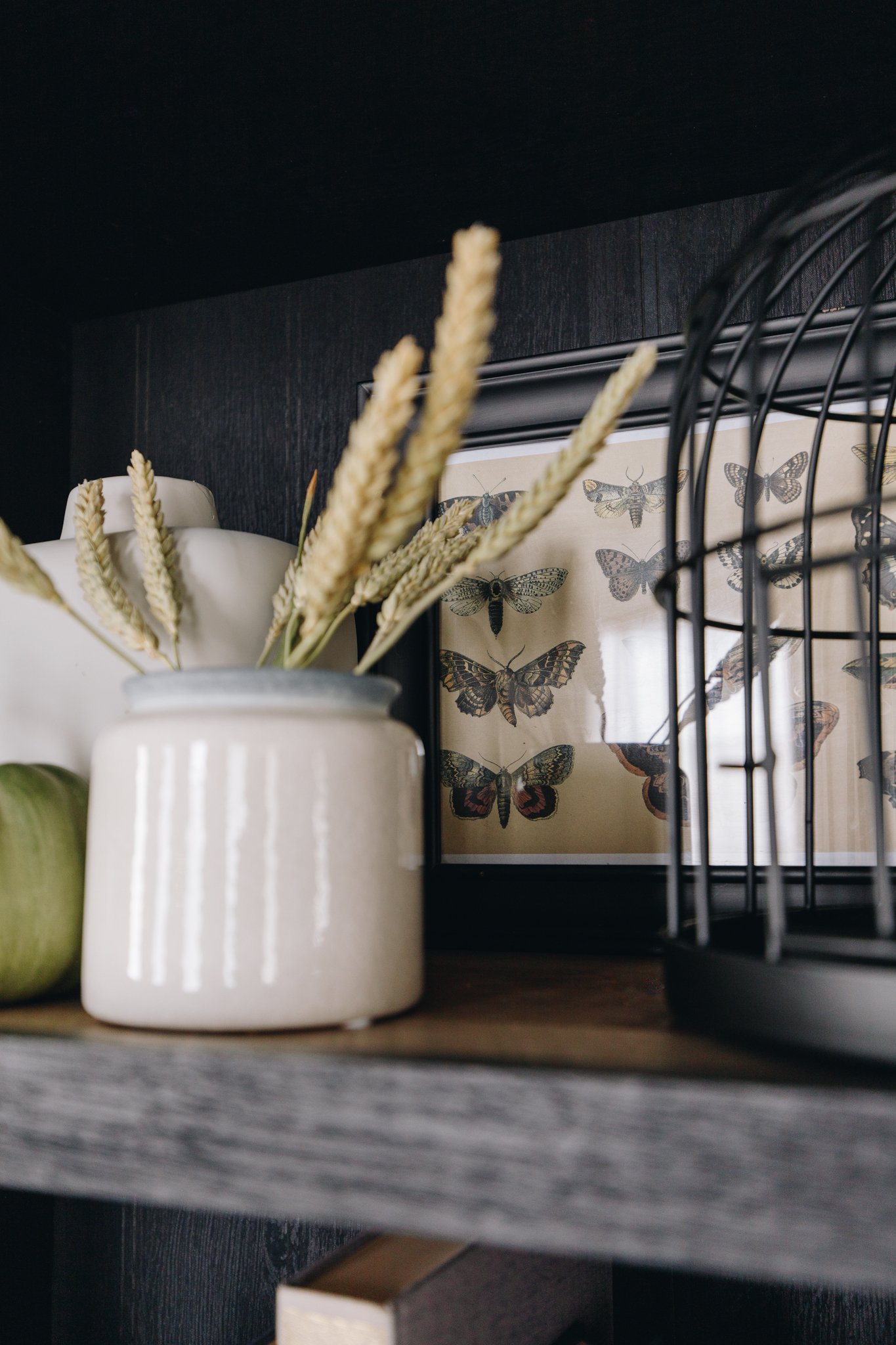
Get creative now that you know the basics of designing a balanced shelf! Start with the items you have and play around with different placements until you find something that looks great in your space. Once you have a basic layout, add some natural or organic elements to give your shelf personality. Don't be afraid to experiment – that's what makes interior design so much fun! Share this blog post with your friends and family who might also want to try their hand at balancing their shelves. Let us know how it goes by tagging us on Instagram @bindleandbrass. We can't wait to see your beautiful creations!


